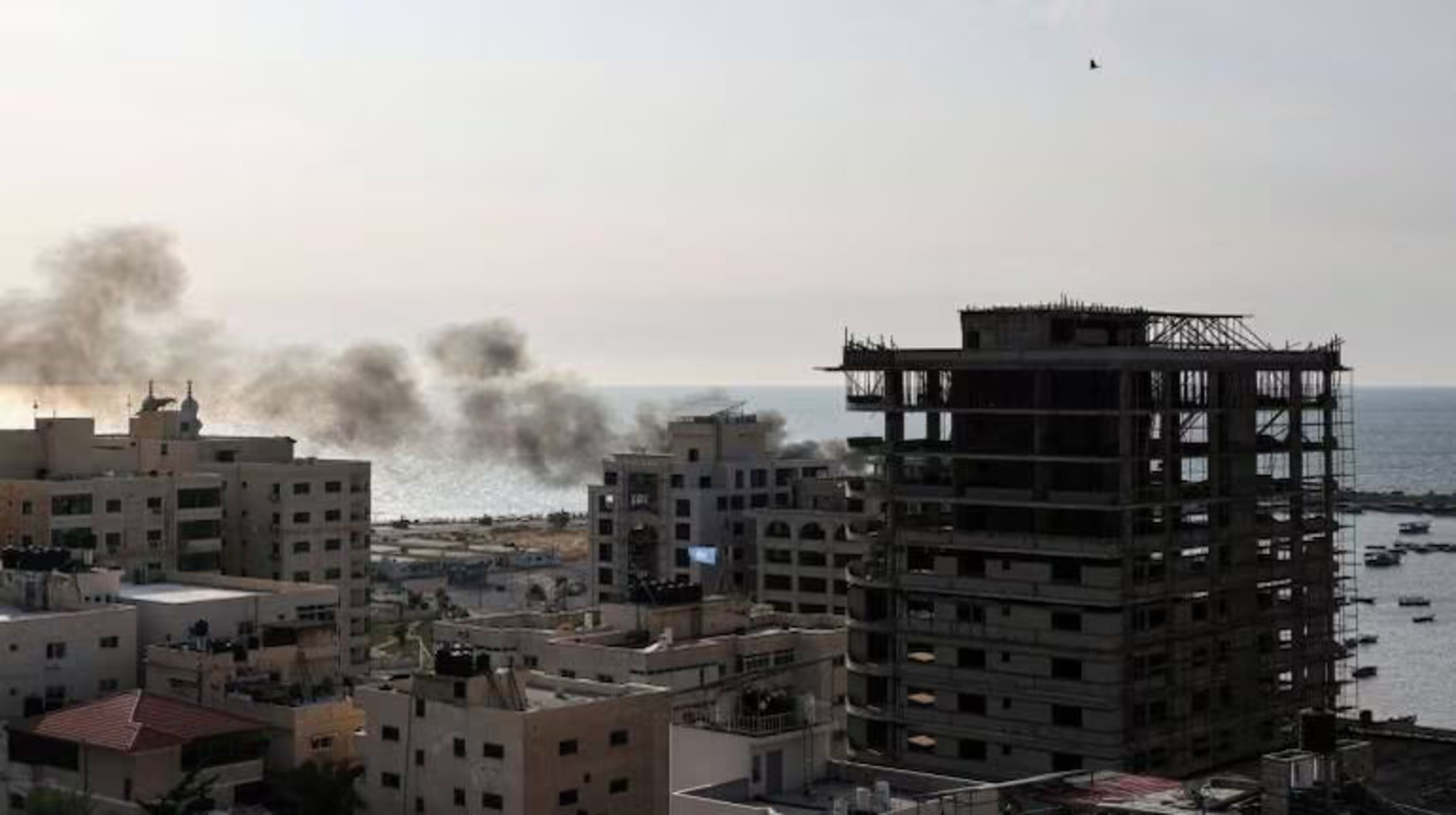the impact of the Israel-Hamas conflict on the evolving geoeconomic landscape of the “new” Middle East. Understand how recent developments challenge the prioritization of geoeconomics over the Palestinian issue and the potential implications for regional stability and economic cooperation.
Geoeconomic
The recent eruption of violence between Israel and Hamas has once again cast a shadow over the evolving dynamics of the “new” Middle East, where geoeconomics have started to take precedence over the long-standing Palestinian issue. The scale of the recent terror attack by Hamas, resulting in over 900 casualties in Israel and 500 in Gaza in retaliatory strikes, threatens to disrupt the delicate balance of a region striving for economic cooperation and political stability.
For decades, the Israel-Palestine conflict has been the central issue in Middle Eastern geopolitics. However, recent developments indicate a shift toward geoeconomic priorities that could face a formidable challenge in the wake of this crisis.
The concept of a “new” Middle East gained momentum in 2020 when the United Arab Emirates (UAE), Bahrain, and Israel established official diplomatic relations through the “Abraham Accords,” mediated by the United States and former President Donald Trump. This landmark agreement opened doors for economic cooperation and brought Israel closer to the flourishing business environment of Arab hubs like Dubai. Israel’s renowned tech sector, in particular, saw Dubai as a gateway to global markets, with trade expected to surpass $2.5 billion following a free trade agreement signed earlier this year.
These monumental shifts, which broke decades of regional tension and distrust, also laid the groundwork for larger geoeconomic initiatives. The India-Israel-UAE-US (I2U2) partnership, formed in 2022, is one such example, aimed at fostering economic collaboration among the three regions. Additionally, the announcement of the India-Middle East-Europe Economic Corridor (IMEEC) at the sidelines of the G20 summit in New Delhi signaled the inclusion of more stakeholders, including Saudi Arabia, Italy, Germany, the European Union, and even Jordan. However, such connectivity projects are complex, lengthy endeavors that demand political patience and substantial capital investments.
While these headline-grabbing projects are progressing, other significant changes are unfolding in the Middle East. Saudi Arabia, for instance, is actively reducing its reliance on petrodollars as the global focus shifts towards green energy solutions. Recognizing that oil’s dominance will wane, the kingdom is investing in domestic industries, including services and manufacturing, a move that carries both potential rewards and vulnerabilities for Crown Prince Mohammed bin Salman.
The recent terror attack and the ensuing fluctuations in global oil prices pose an unwanted challenge for net importers like India, especially as they navigate critical phases of state and general elections. Geopolitical hotspots in the region, such as the Yemen war, the Syrian crisis, and instability in Iraq, are also under scrutiny, with initiatives like the normalization talks between Saudi Arabia and Iran brokered by China.
The unfolding events in Israel and Gaza could potentially jeopardize all these strategic maneuvers. Hamas’s core objective is to emphasize that a “new” Middle East cannot be constructed without addressing the Palestinian issue, effectively dragging regional stakeholders back to the negotiation table and reigniting the most significant fault line.
also read Middle East Stocks Plunge
